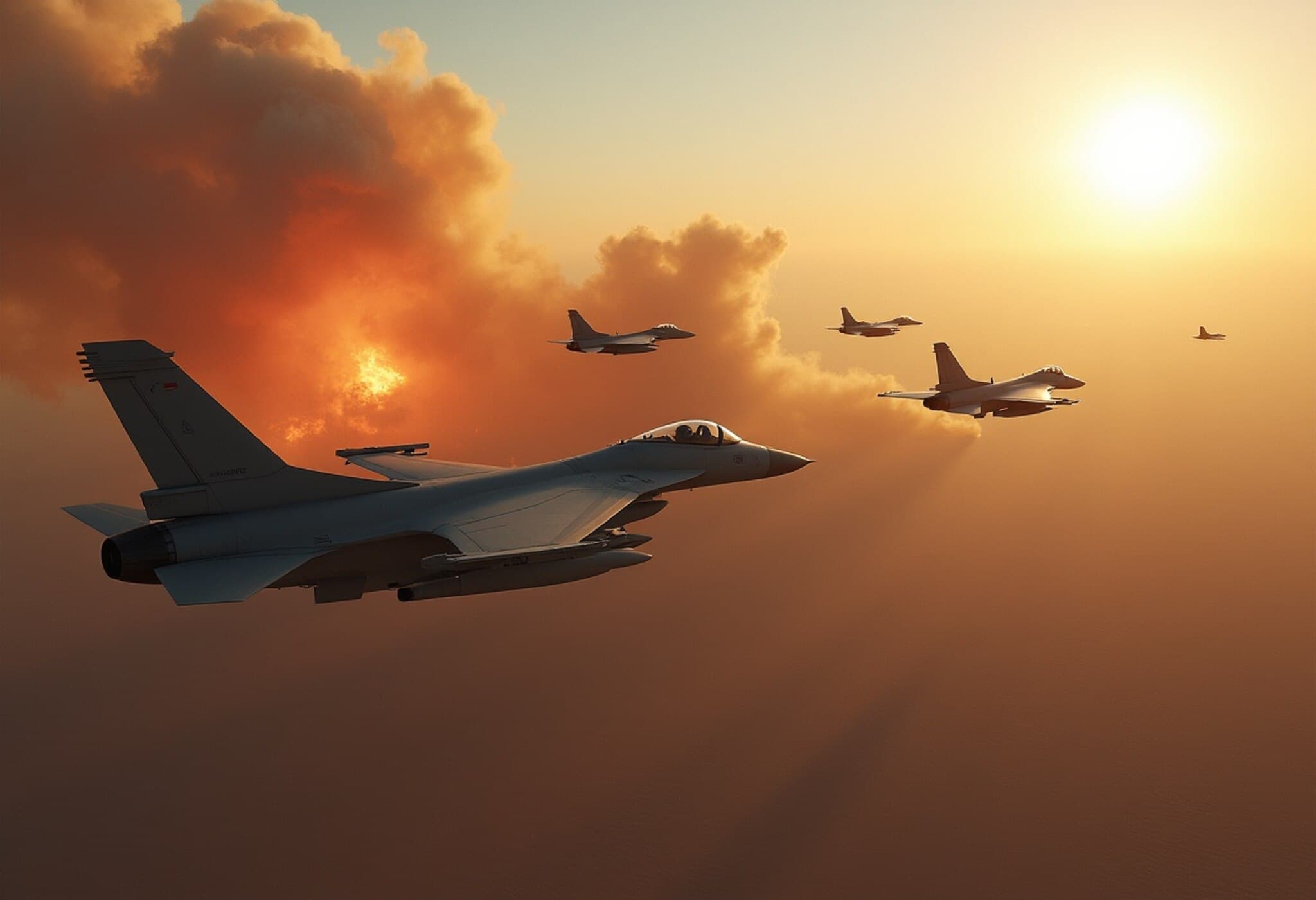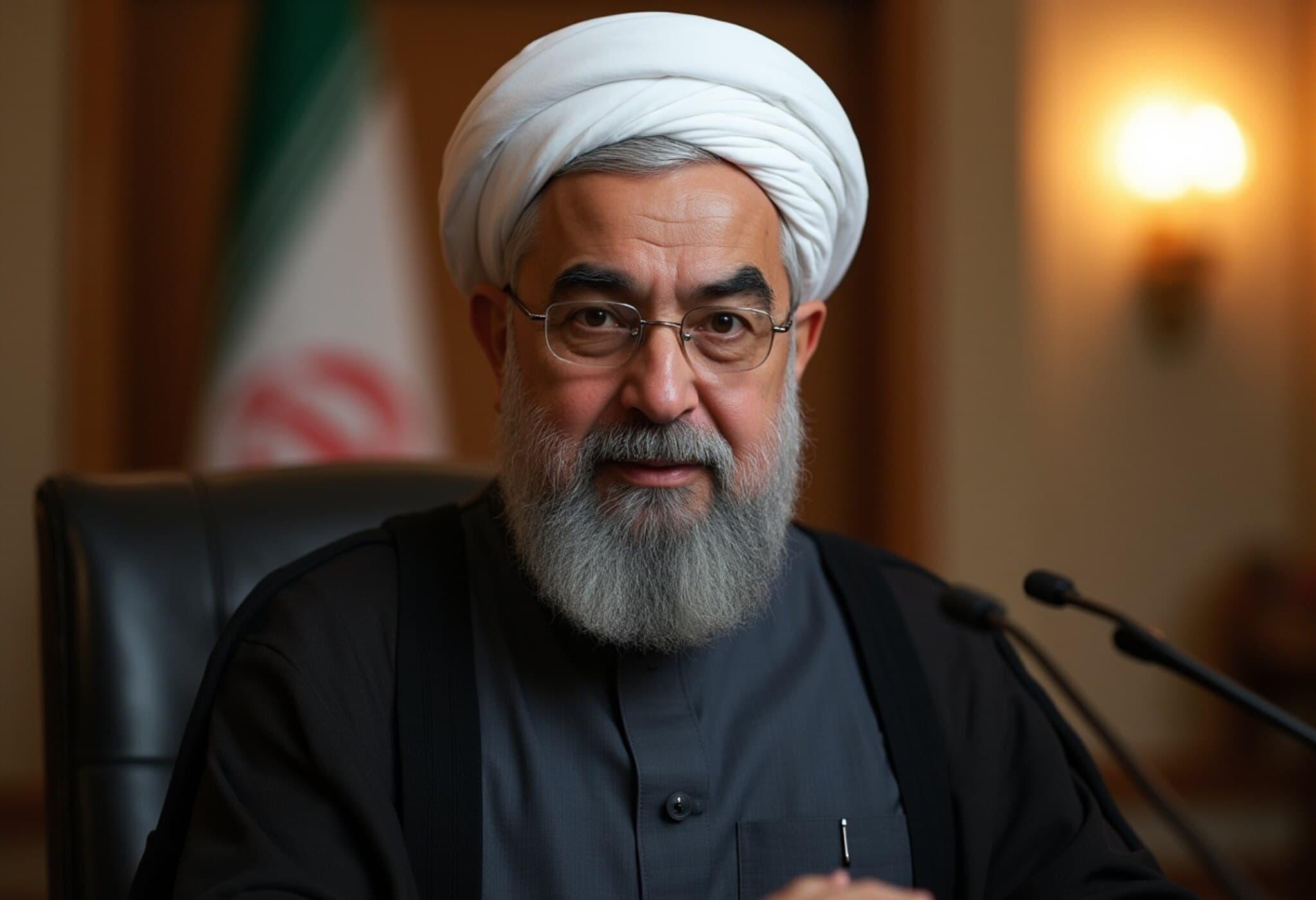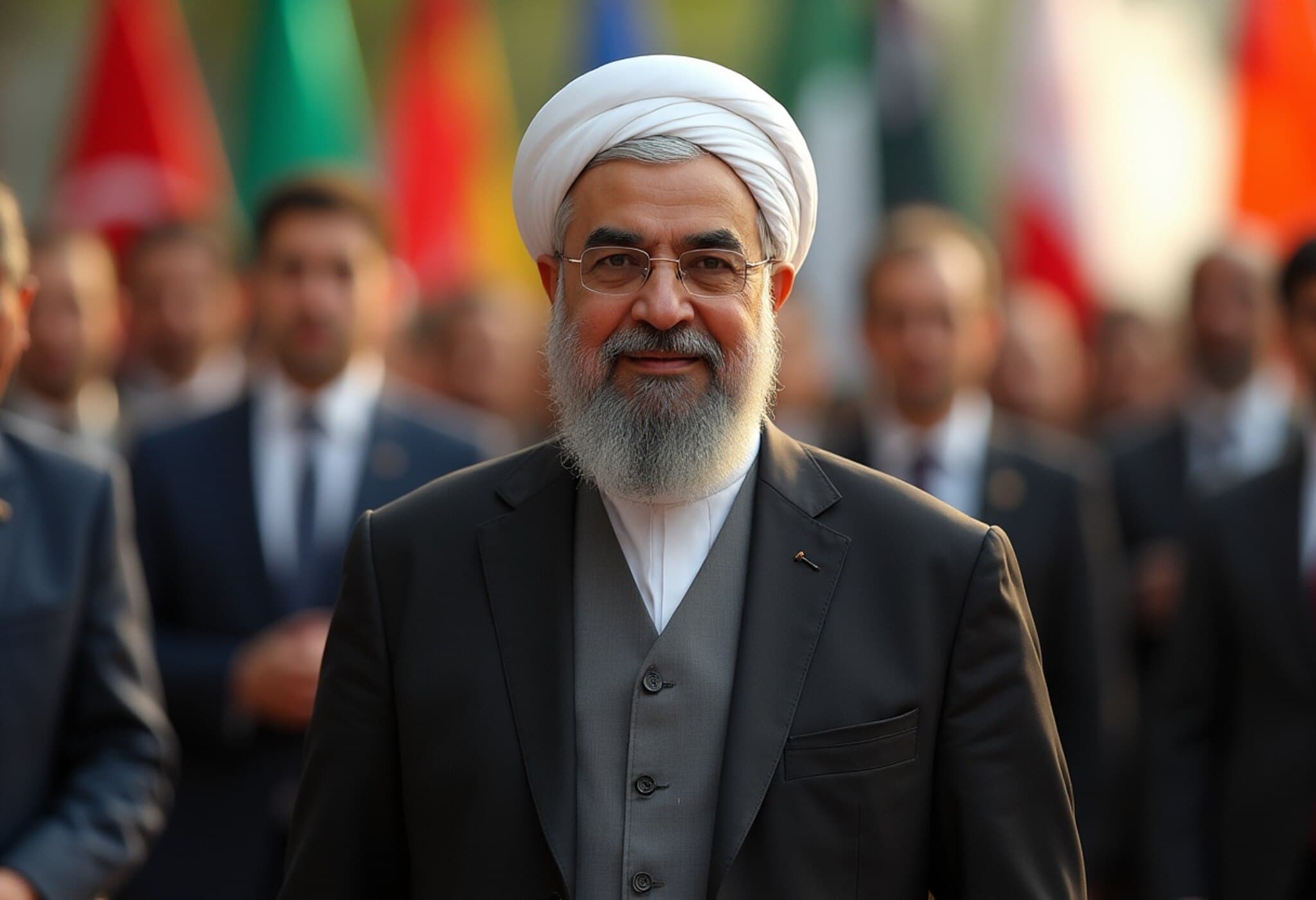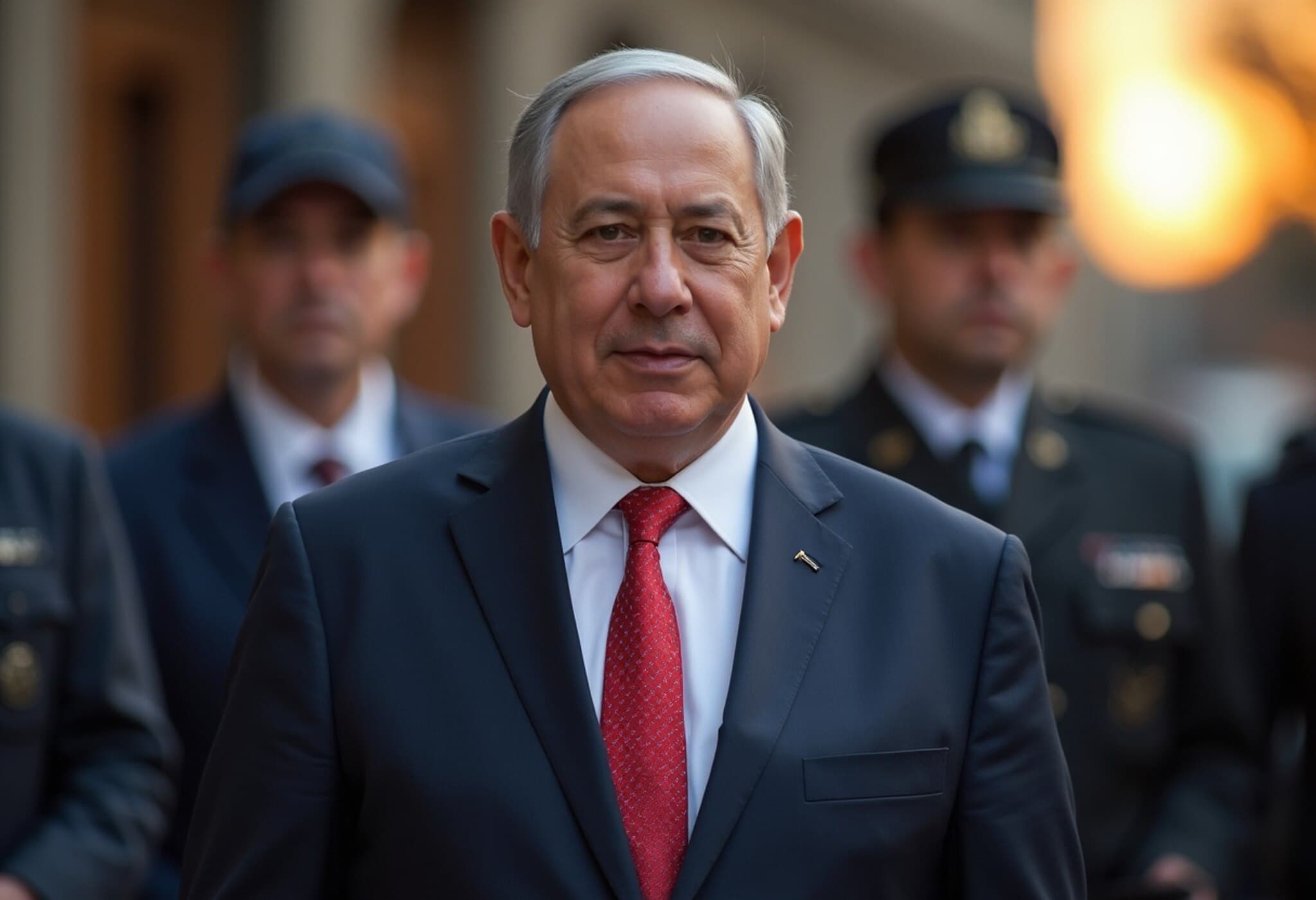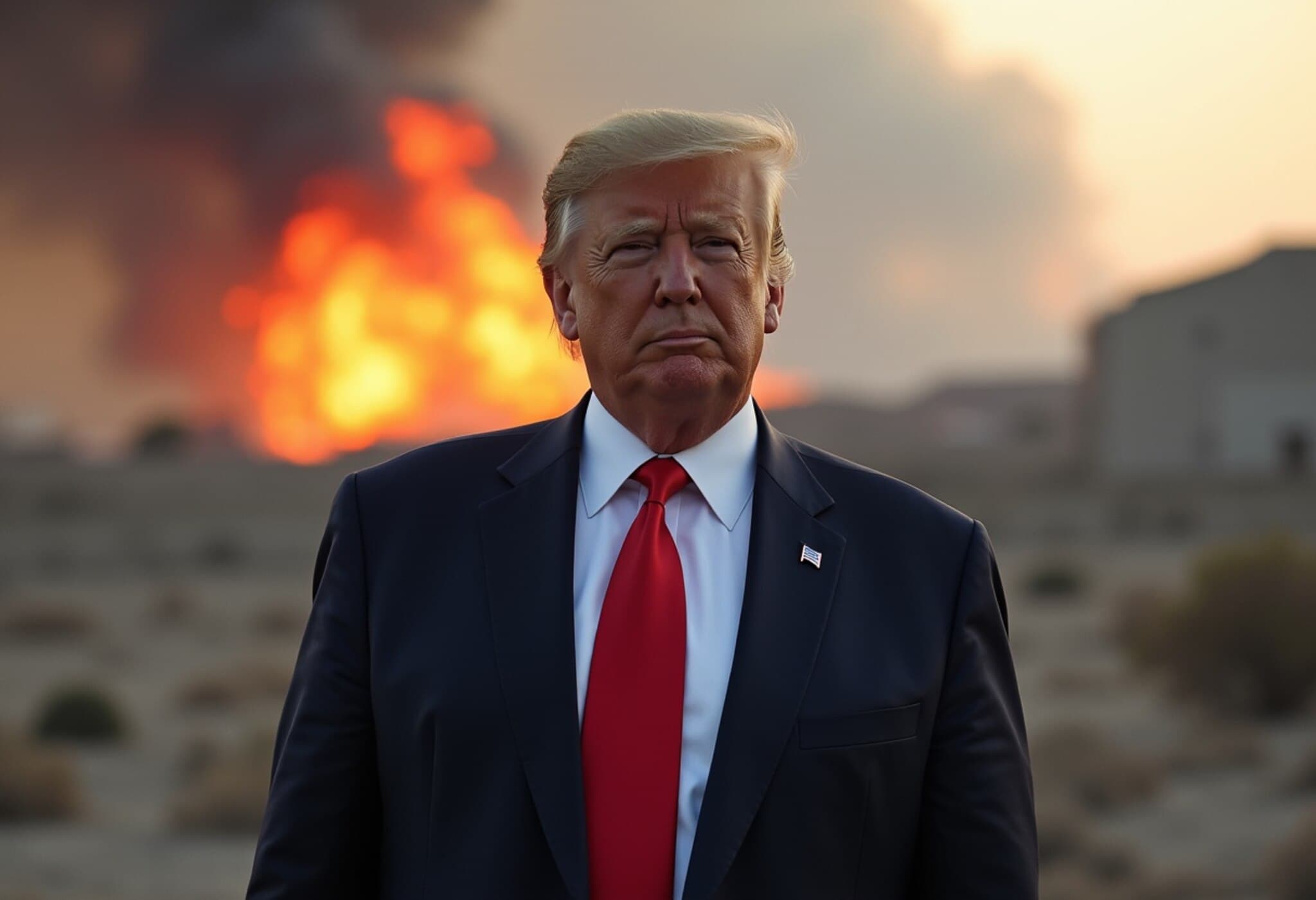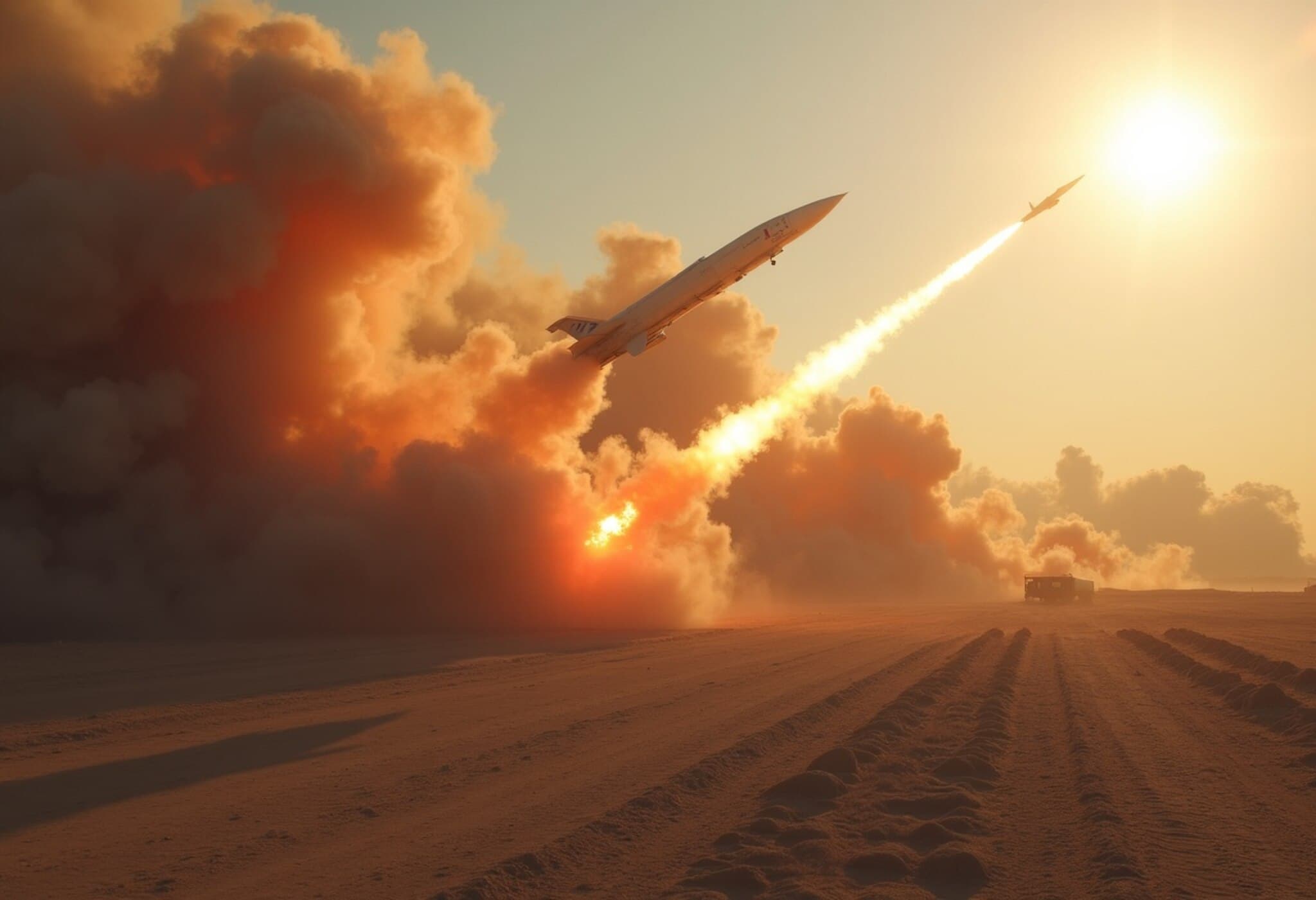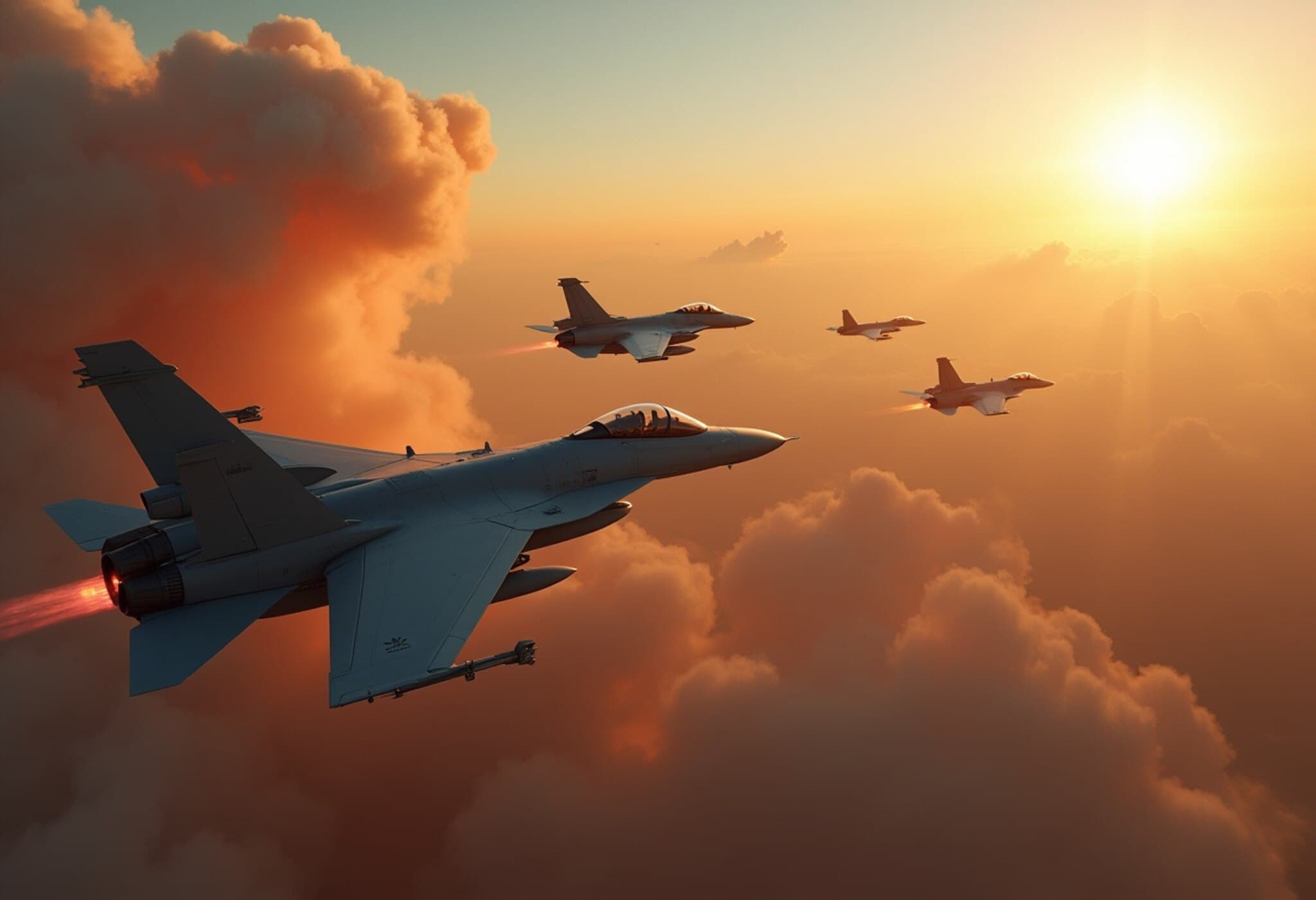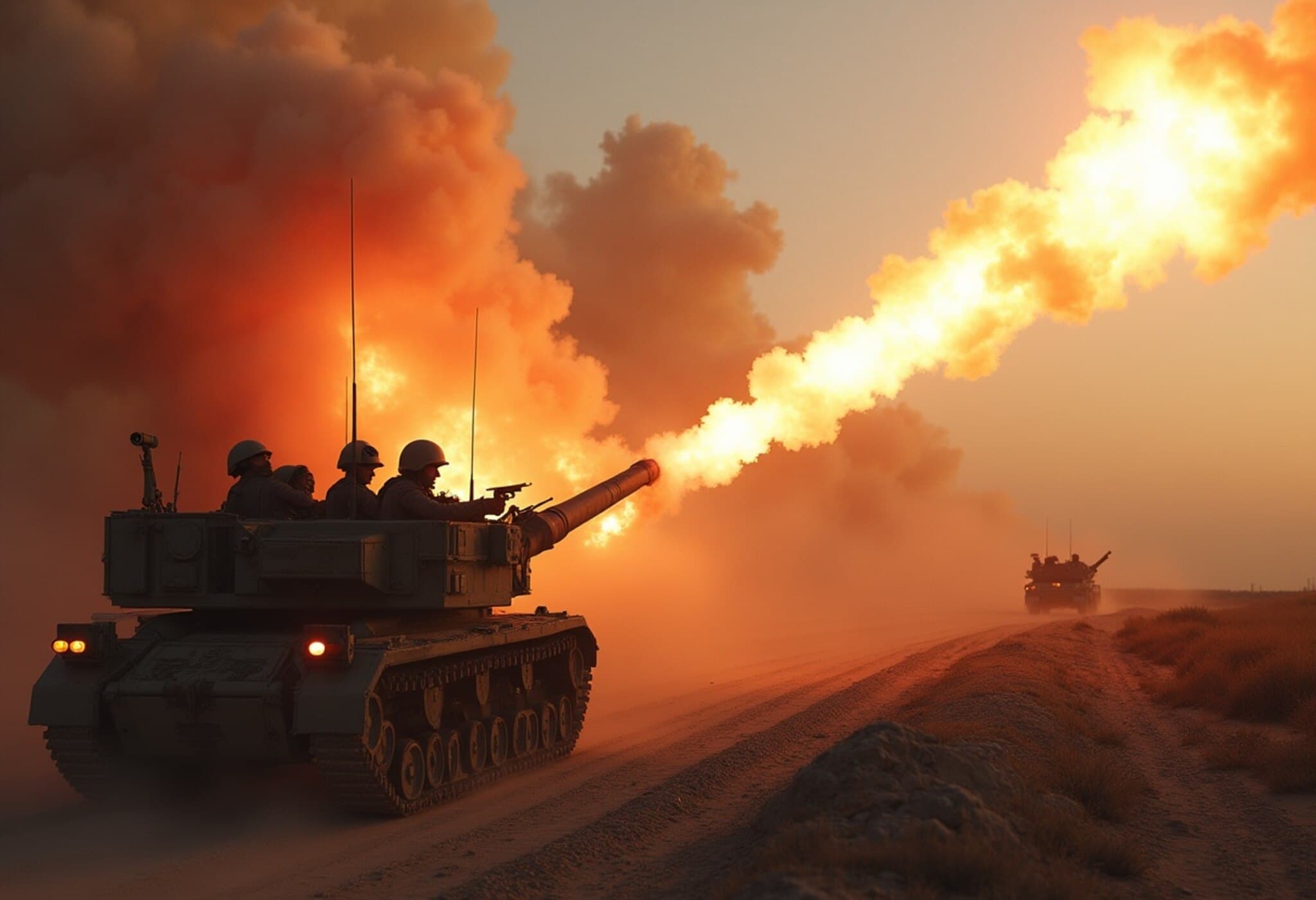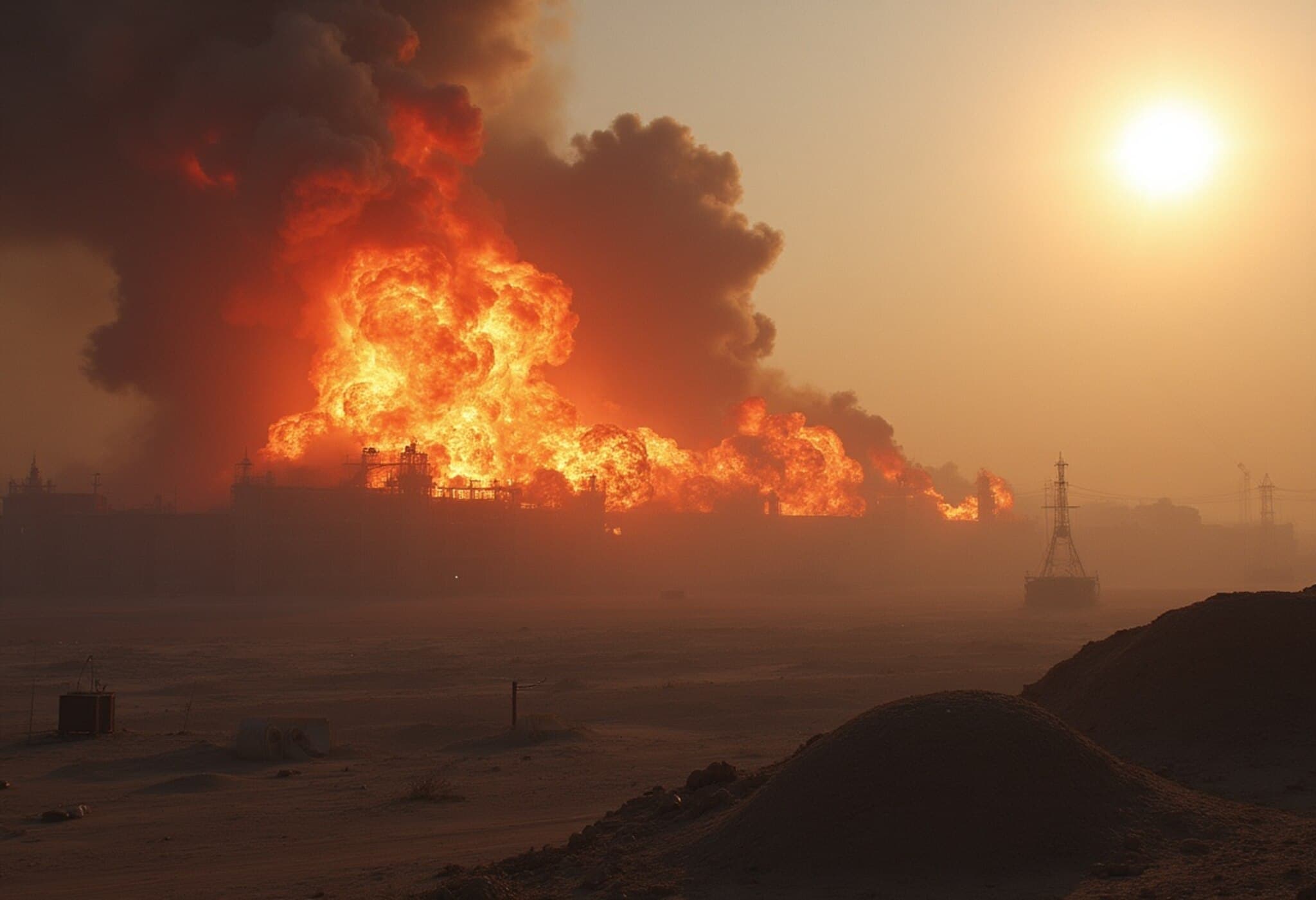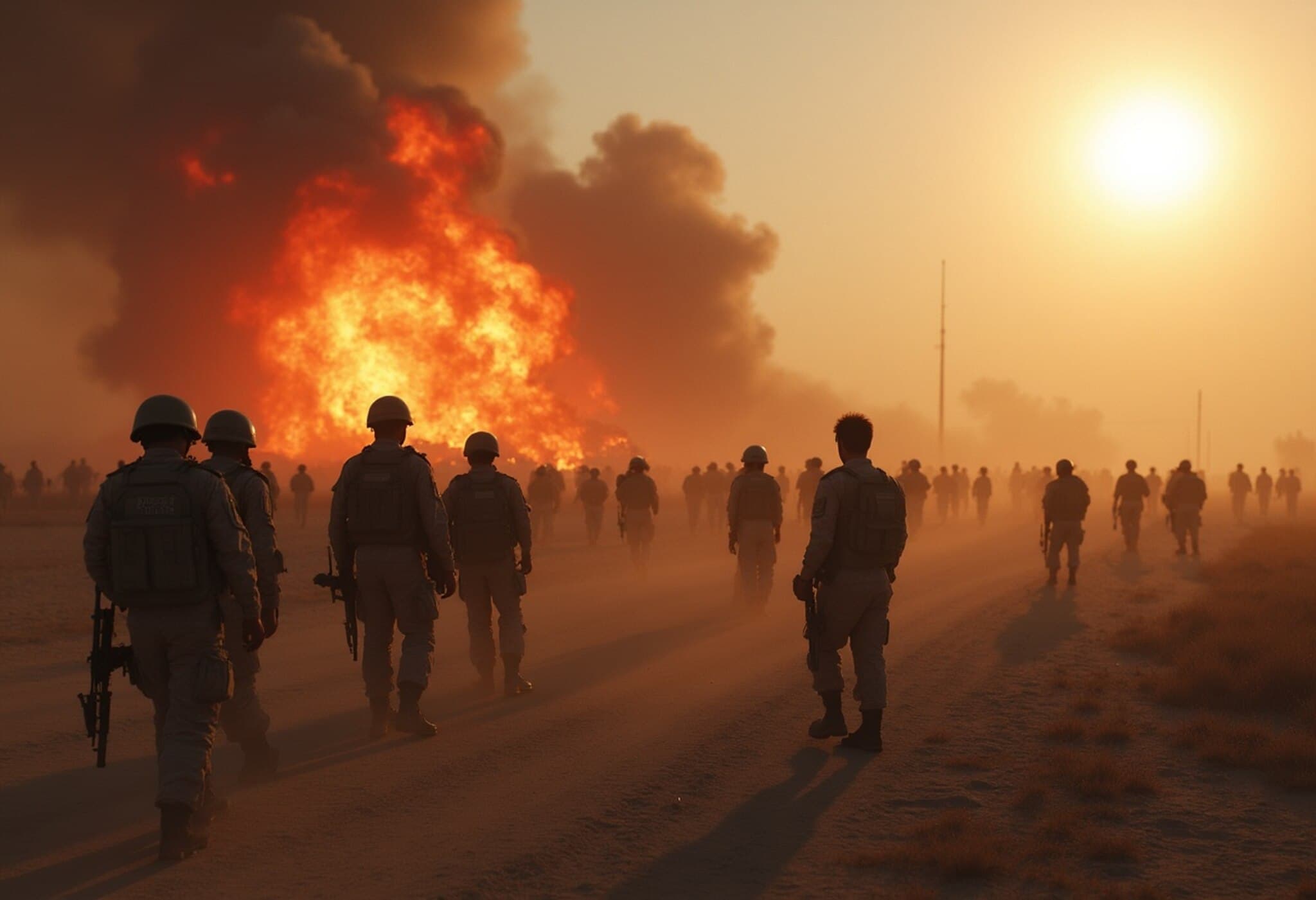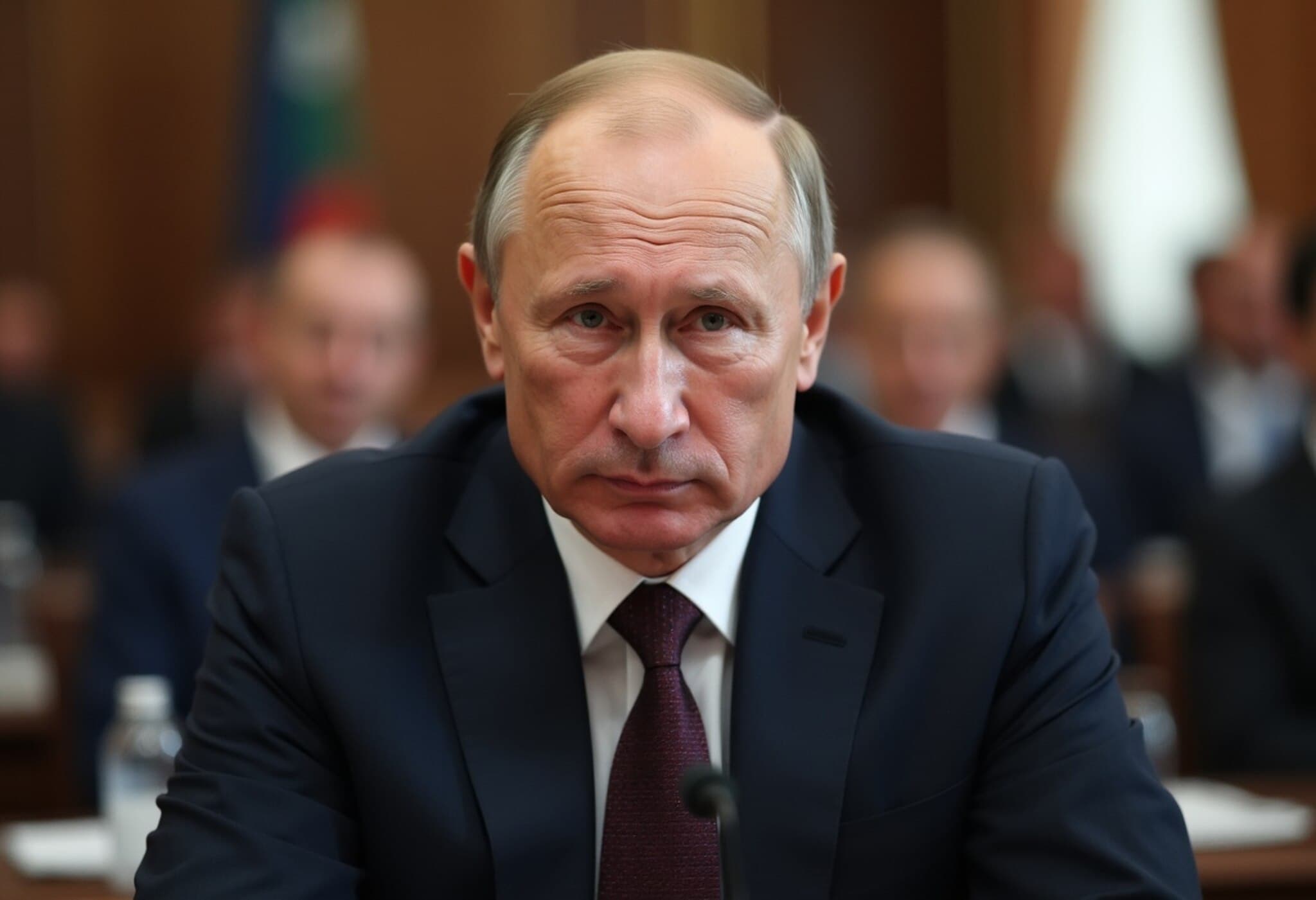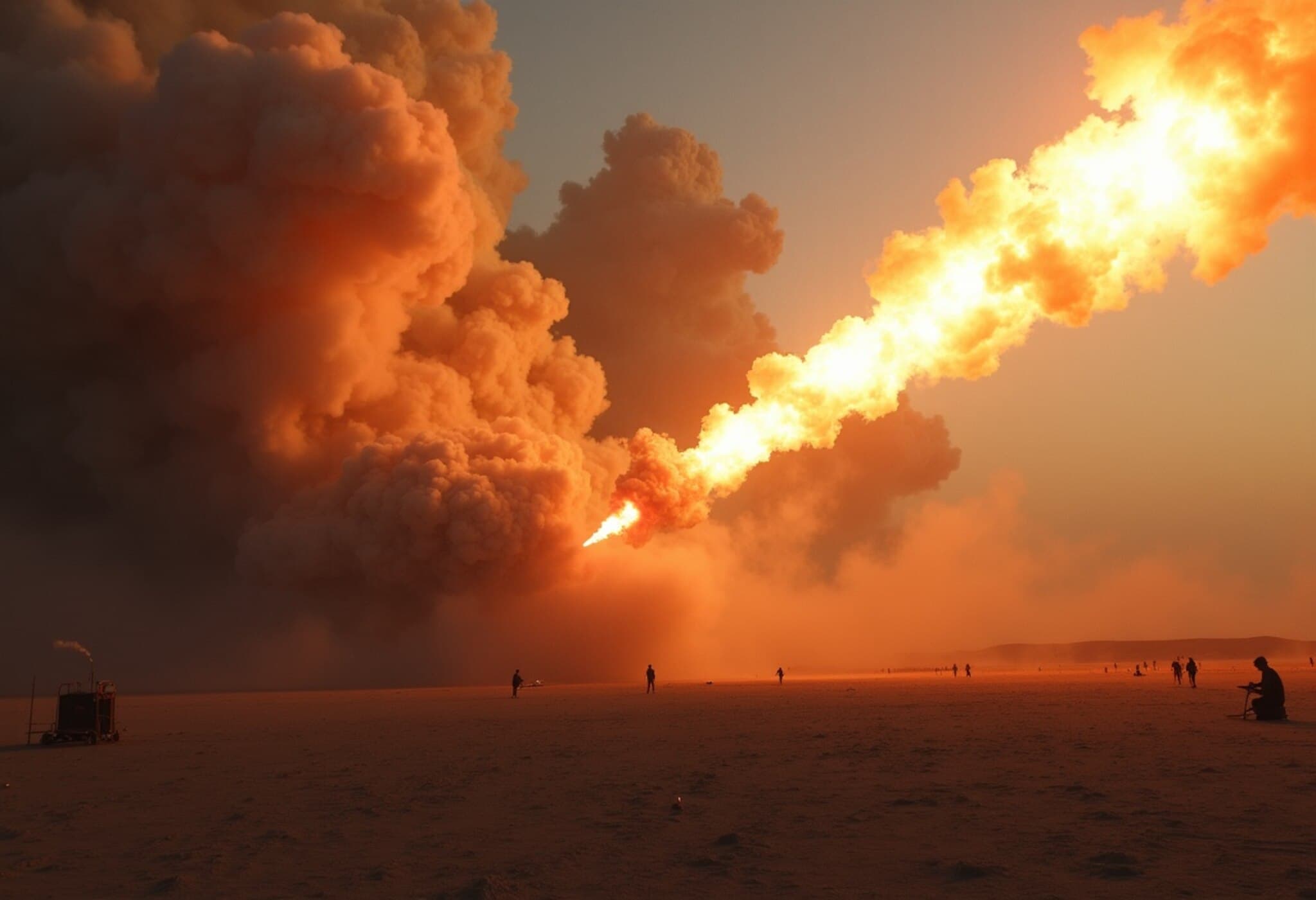Unpacking Major Military Strikes in the Middle East
In a dramatic escalation of military activity across the Middle East, several high-profile operations have recently captured global attention. From the United States' largest air campaign since the 2003 Iraq War to Israel's targeted strikes on Iranian nuclear facilities, the regional landscape is shifting with operations that carry profound strategic implications.
Operation Midnight Hammer: US Strikes Iran’s Most Fortified Nuclear Sites
On Sunday, the United States launched Operation Midnight Hammer, delivering a significant blow to three of Iran's most heavily fortified nuclear sites. This massive air campaign engaged over 125 aircraft, including seven B-2 stealth bombers and submarine-launched Tomahawk missiles. Notably, this marked the first combat use of the GBU-57 bunker-busting bombs, designed to reach deeply buried targets that conventional bombs cannot destroy.
This operation stands out not only for its scale but also as a clear signal of America’s commitment to limiting Iran’s nuclear ambitions. The extent of the strike, spanning multiple critical facilities, demonstrated a strategic escalation unprecedented in recent years.
Operation Rising Lion: Israel’s Targeted Offensive Against Iranian Nuclear Threats
Earlier in June, Israel embarked on Operation Rising Lion, initiated on June 13. Framed as a preemptive measure to neutralize an existential threat posed by Iran’s advancing nuclear program, the Israeli campaign targeted nuclear sites, missile factories, command centers, and high-ranking officials.
This operation has drawn intense scrutiny because, despite Israeli claims, the International Atomic Energy Agency (IAEA) reported no evidence confirming that Iran is developing nuclear weapons. In fact, on June 20, the IAEA reassured the United Nations Security Council that its robust inspection regime remains effective in preventing Iran from obtaining nuclear arms.
Nonetheless, Operation Rising Lion underscored Israel’s determination to disrupt Tehran's activities before reaching a 'point of no return.' Two days after this IAEA reassurance, the U.S. launched strikes as part of Operation Midnight Hammer, illustrating a coordinated spotlight on Iran's nuclear infrastructure.
Operation Iron Wall: Israeli Offensives in the West Bank
Back in January, Israeli forces initiated Operation Iron Wall on January 21, aimed at Palestinian militant groups in the occupied West Bank. Initially focused on the Jenin Brigades in Jenin, the operation quickly broadened to encompass areas including Tulkarm.
The Israeli government framed this sizable offensive as a direct response to what it terms the “Iranian axis,” highlighting Tehran’s purported support for West Bank militants. The strategy also included efforts to secure Israeli settlements in the region through intensified military presence.
Operation Days of Repentance: Retaliatory Strikes Amid Rising Tensions
On October 26, 2024, Israel carried out Operation Days of Repentance, a measured retaliatory campaign following a missile barrage launched by Iran. The strikes targeted several key Iranian military installations, including missile factories. The Israeli Defense Forces confirmed the successful return of all aircraft involved, marking this as a precise and tactically significant operation.
Operation True Promise: Iran’s Prolonged Drone and Missile Assaults on Israel
In direct response to the April 1, 2024 Israeli airstrike on its embassy in Damascus, Iran’s Islamic Revolutionary Guard Corps (IRGC) launched Operation True Promise. This campaign has involved multiple waves of drone and missile attacks against Israel, tallying over 300 aerial threats in one of its most intense phases.
As of June 20, the IRGC had entered the third phase of the operation, employing Shahed-136 drones and precision-guided missiles to strike key Israeli military logistics centers. This ongoing campaign signifies a sustained and escalating conflict dimension between the two nations.
Operation Poseidon Archer: Coalition Efforts to Secure Red Sea Shipping
Beginning in January 2024, Operation Poseidon Archer emerged as a joint US-UK military initiative aimed at countering the persistent threat posed by Houthi rebels targeting maritime traffic in the Red Sea. This multinational effort, supported by allies such as Australia, Canada, and the Netherlands, has involved precision airstrikes and naval missile launches.
While the operation has effectively degraded Houthi capabilities, sporadic attacks on shipping lanes continue, highlighting ongoing challenges in securing this vital global trade corridor.
Shifting Dynamics and Strategic Implications
These intertwined military operations reveal an increasingly volatile Middle Eastern theater defined by preemptive strikes, proxy conflicts, and coalition engagements. The extensive air campaigns by the U.S. and Israel focus squarely on curbing Iran's nuclear and militant capabilities, while coalition efforts seek to protect critical maritime routes.
As tensions mount, these operations are reshaping regional security calculations and triggering widespread diplomatic discourse. The scale, timing, and coordination of these campaigns underscore the complex interplay of military power and geopolitical strategy driving the evolving conflict landscape.

